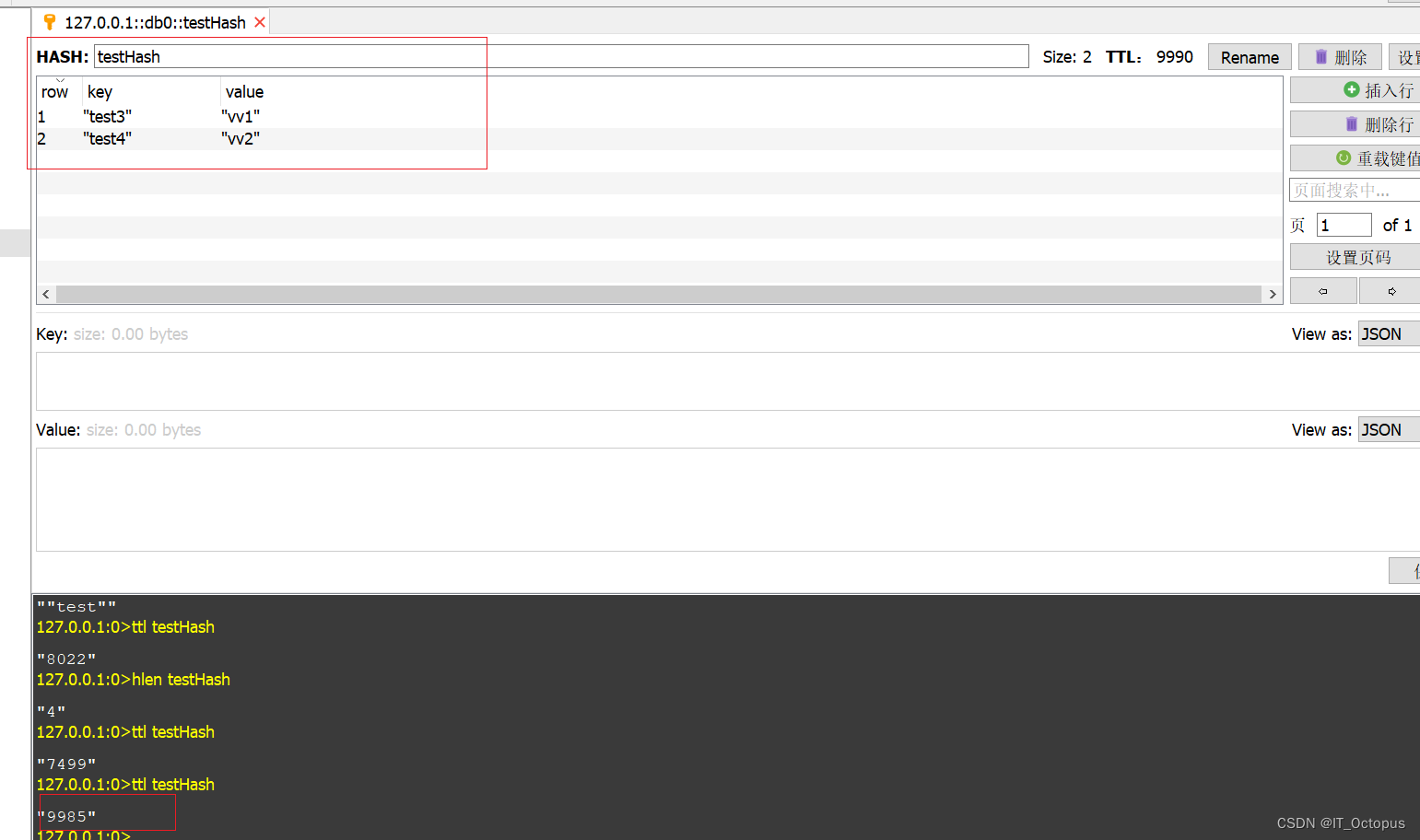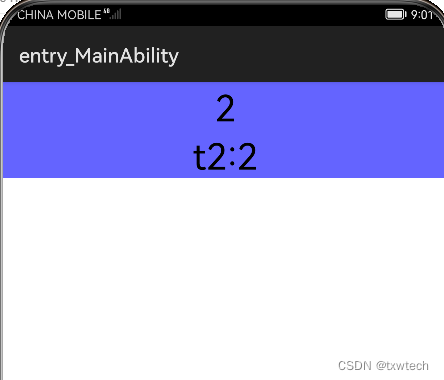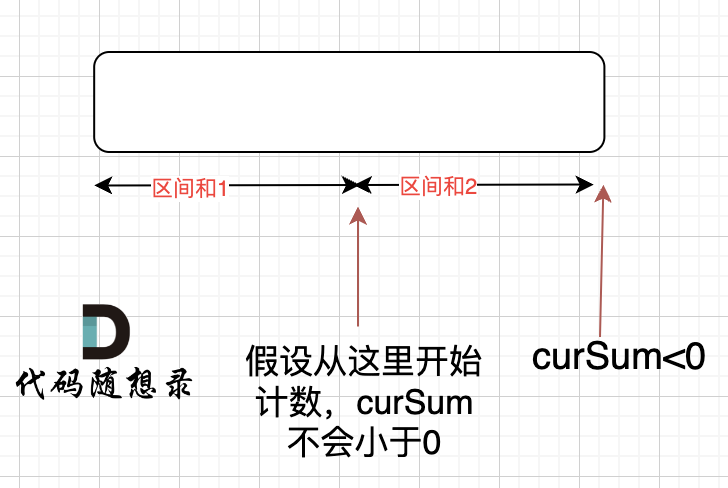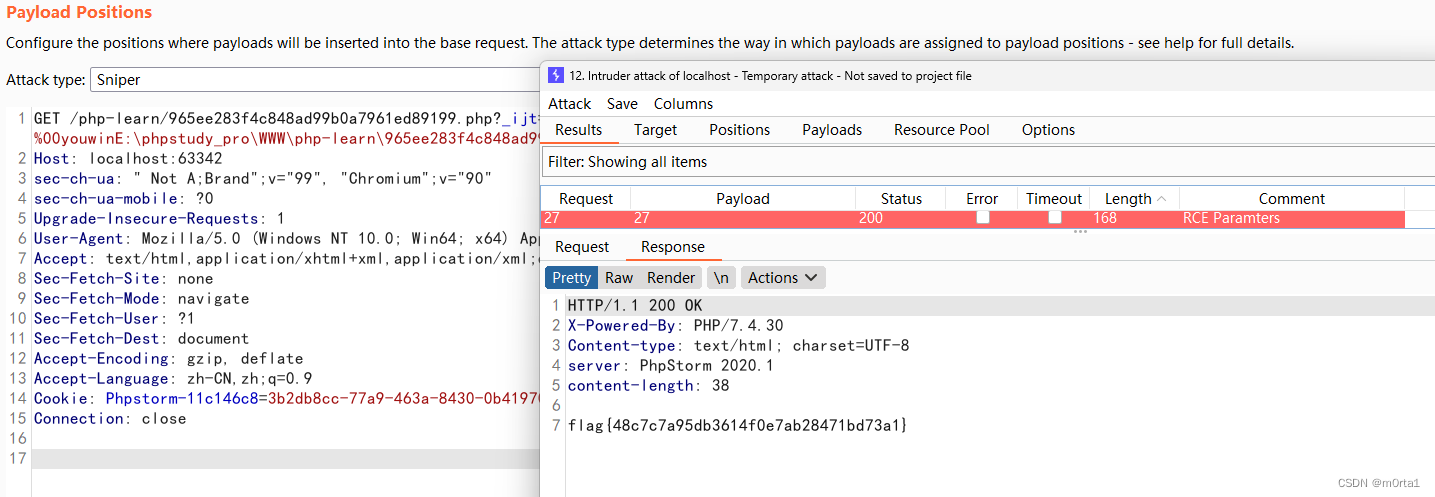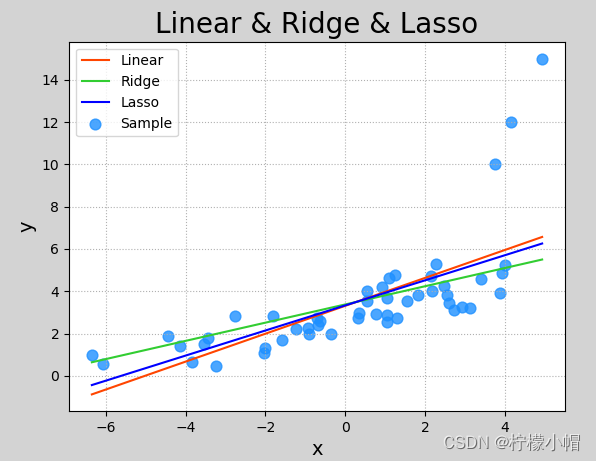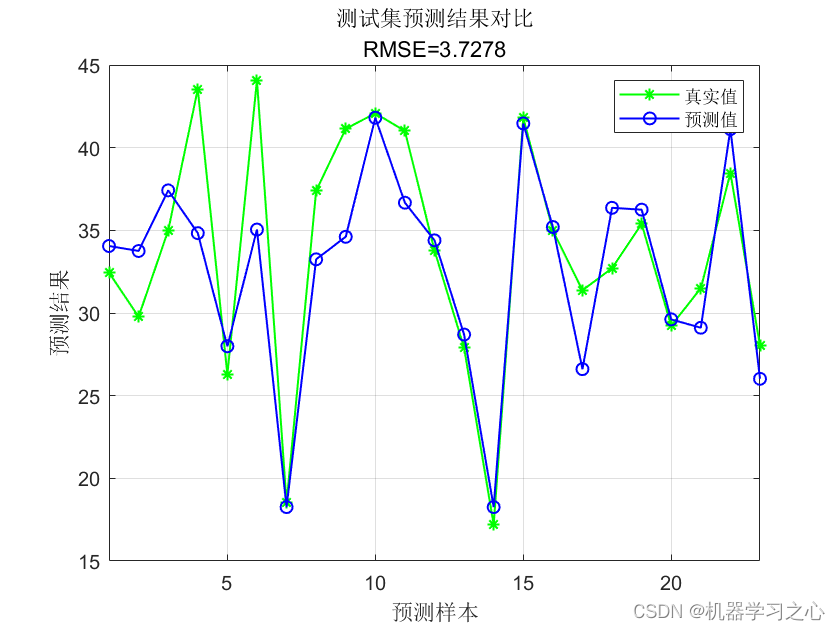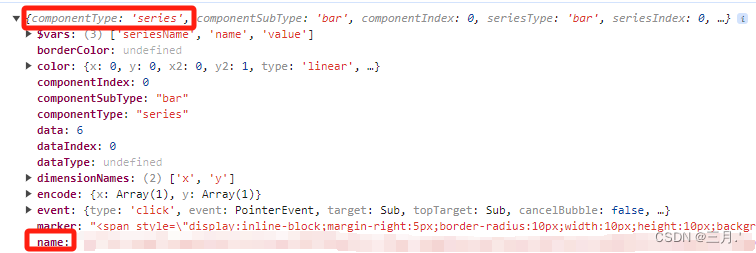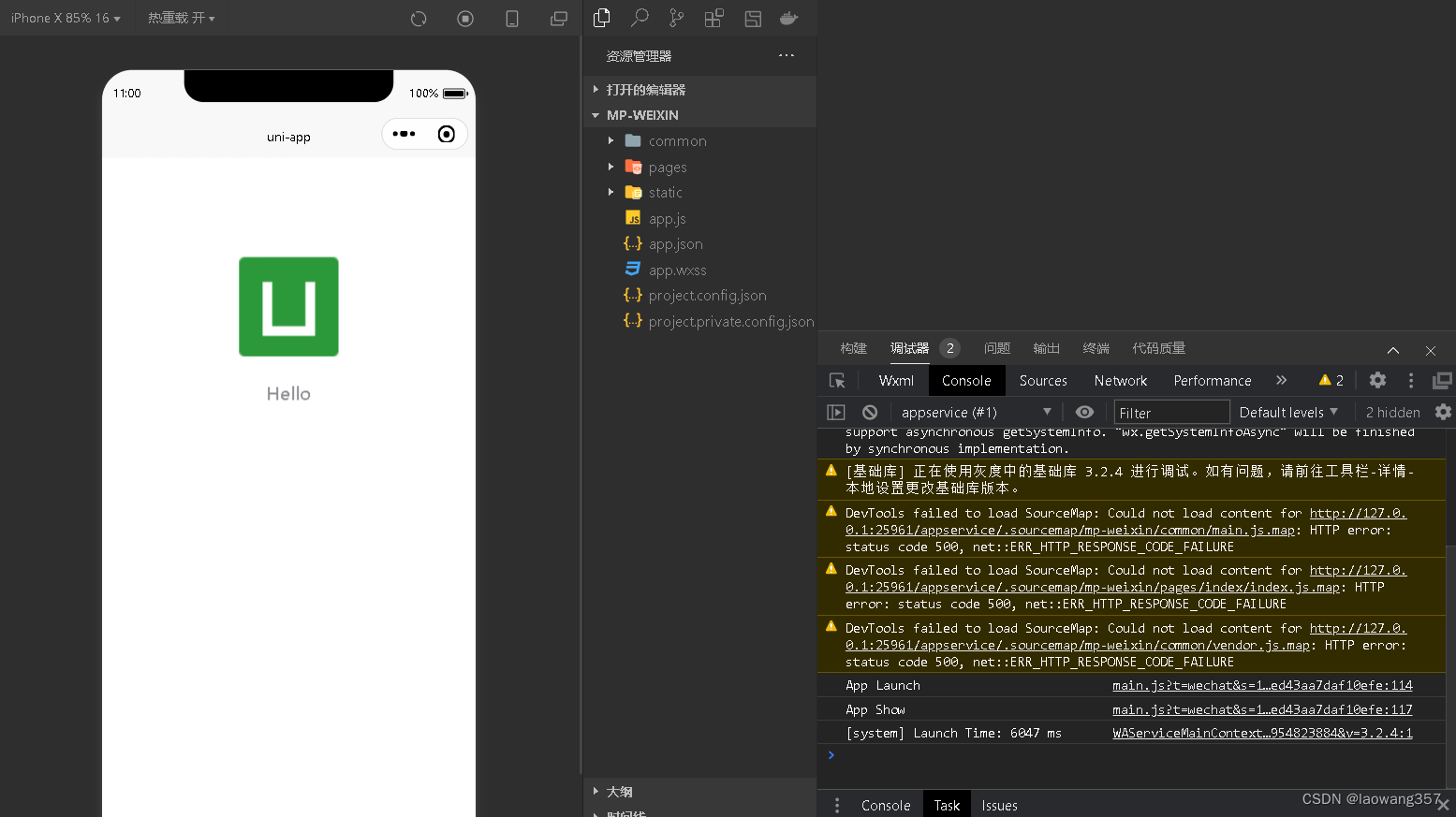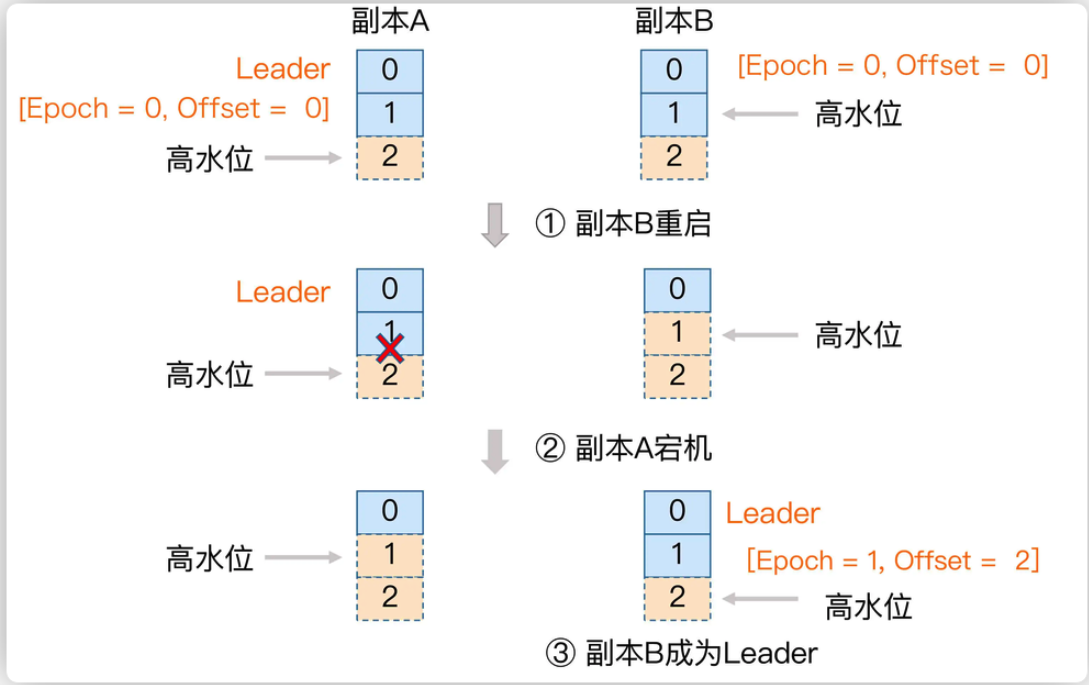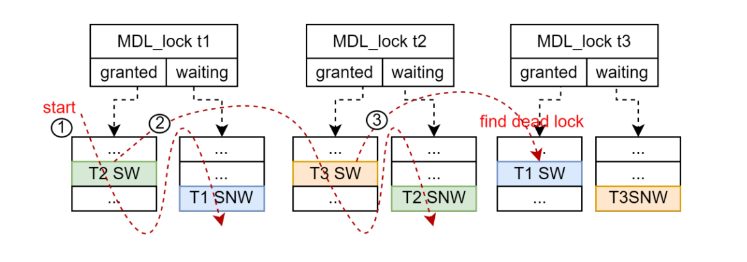话不多说先放脚本:
local argv = ARGV
local length = #argv
if length > 0 then local unpackArgs = {}
for i = 1, length - 1 dotable.insert(unpackArgs, argv[i])
end
if redis.call('exists', KEYS[1]) == 1 thenredis.call('del', KEYS[1])redis.call('hset', KEYS[1], unpack(unpackArgs))redis.call('expire', KEYS[1], argv[length])return 1
elseredis.call('hset', KEYS[1], unpack(unpackArgs))redis.call('expire', KEYS[1], ARGV[#ARGV])return 2
end
end
2.直接String 执行LUA脚本
/*** lua 脚本 实现物料key 的赋值* @param hashKey 物料key* @param fieldsAndValues lua 脚本参数* @return*/public Long insertIntoHashWithExpireTime(String hashKey, Object... fieldsAndValues) {Long result = null;// unpack(ARGV)在Lua中是用来将数组解包成一系列单独的参数。// ARGV[#ARGV]获取的是传递给脚本的最后一个参数(在 Lua 中,# 操作符用于获取表中的元素数量。因此,ARGV[#ARGV] 将返回 ARGV 表中的最后一个元素。)// 请求案例:insertIntoHashWithExpireTimeIfKeyExists("myHash", "field1", "value1", "field2", "value2", 60);String luaScript ="\nlocal argv = ARGV \n" +"local length = #argv \n"+// 将1 - n-1 的入参写入新的数组"if length > 0 then local unpackArgs = {} \n" +"for i = 1, length - 1 do \n" +" table.insert(unpackArgs, argv[i]) \n" +"end\n" +"if redis.call('exists', KEYS[1]) == 1 then \n" +"\tredis.call('del', KEYS[1]) \n" +"\tredis.call('hset', KEYS[1], unpack(unpackArgs)) \n" +"\tredis.call('expire', KEYS[1], argv[length]) \n" +"\treturn 1 \n" +"else \n" +"\tredis.call('hset', KEYS[1], unpack(unpackArgs)) \n" +"\tredis.call('expire', KEYS[1], argv[length]) \n" +"\treturn 2\n" +"end \n" +"end ";log.info("luaScript:{}", luaScript);try {DefaultRedisScript<Long> redisScript = new DefaultRedisScript<>();redisScript.setResultType(Long.class);//返回类型是LongredisScript.setScriptText(luaScript);result = redisTemplate.execute(redisScript, Arrays.asList(hashKey), fieldsAndValues);log.debug("redisEVALLuaScript result :{}", result);} catch (Exception e) {e.printStackTrace();log.error("e:", e);}return result;}
@Testpublic void testLua(){String hashKey = "testHash";String field1 = "test3";String value1 = "vv1";String field2 = "test4";String value2 = "vv2";int expireTime = 10000;// 插入数据并设置过期时间redisUtils.insertIntoHashWithExpireTime(hashKey, field1, value1, field2, value2,expireTime);}
最终结果:
